Briefly introduce the sowing methods of several common herbaceous flowers
Globe amaranth
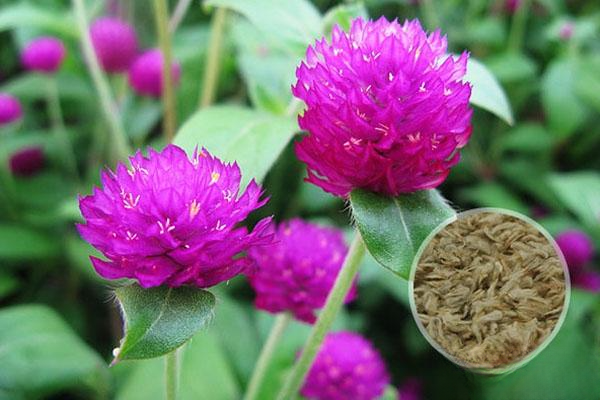
Globe amaranth seedlings grow slowly and are usually sown indoors in March at a temperature of around 20°C. Globe amaranth seeds are covered with a layer of white cilia and are slow to emerge. Special treatment is required during sowing:
Globe amaranth seeds soaked
Place the seeds in a shallow container and fill with water just enough to cover them. Soak in cold water for two days or in warm water for one day. The purpose of soaking is to soften the seed coat and increase germination rates.
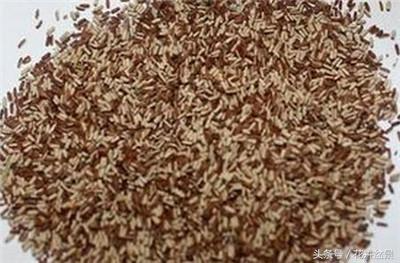
Globe amaranth seeds germination
After soaking the seeds, wrap them in gauze and place them in a shallow basin. Alternatively, you can use a paper towel. Water them 1-2 times a day and place them in a warm, diffused light location. After two weeks, you will see small white sprouts, and you can start sowing them.
Globe amaranth sowing method
After germination, sow the seeds in a pot, cover with shallow soil, and then cover with glass to keep warm and moist.
After all the seedlings have grown, remove any weak ones. Globe amaranth seedlings grow slowly, but growth accelerates after June. When the seedlings have 7 to 8 leaves, move them to other pots or containers.
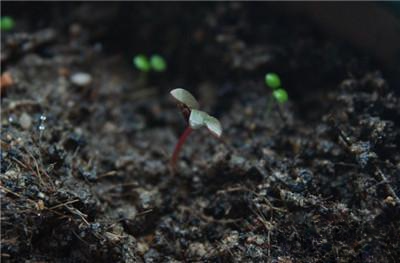
Maintenance after sowing of Globe amaranth
During the growth period, it is not advisable to over-water or fertilize, otherwise it will cause the stems and leaves to grow too long and the flowers to be sparse. In the hot summer, pay attention to replenishing water. The flower pot can be maintained in the open air and pay attention to protect from rain.
In order to dwarf the plant, it is necessary to pinch the top once during the seedling stage, and cut off the remaining flowers in time after the flowers fade to encourage the sprouting of new branches so that it can bloom again.
Calendula
Calendula sowing time
Calendula is usually sown in late September. Before sowing, the soil must be disinfected and exposed to the sun for a few days to prevent any diseases or insects, which is more conducive to the growth of calendula.
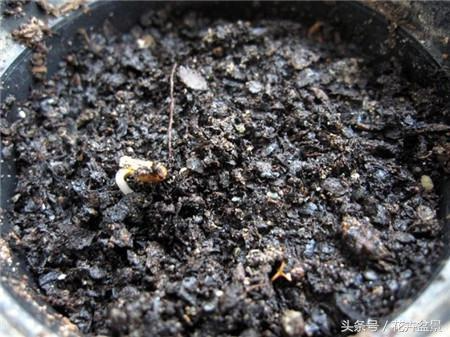
Seed treatment of Calendula officinalis
Before planting, the seeds should be germinated by soaking them in warm water for 3 to 10 hours until they absorb water and swell. This process can be omitted for some common seeds that germinate easily, but it does not increase the germination rate of calendula. Soaking them appropriately can be used.
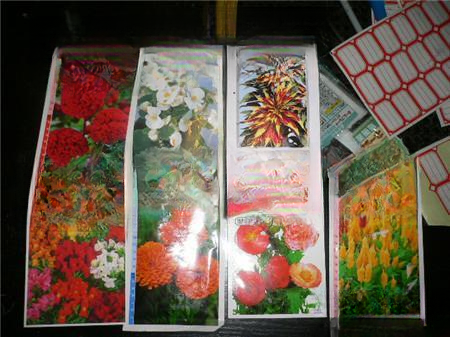
How to sow calendula
For tiny seeds that are difficult to pick up with your hands or other tools, you can wet one end of a toothpick with water and stick the seeds one by one on the surface of the substrate, covering the substrate with a thickness of 1 cm.
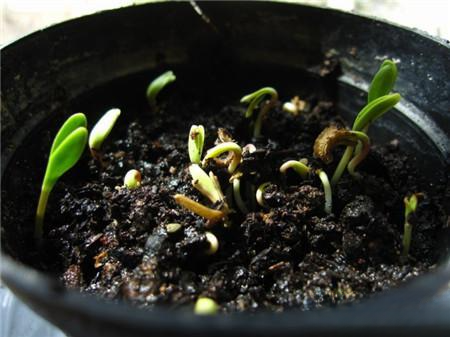
Then put the flowerpot for sowing into water. The depth of the water should be 1/2 to 2/3 of the height of the flowerpot. Let the water slowly seep up to avoid washing away the seeds.
Calendula care after sowing
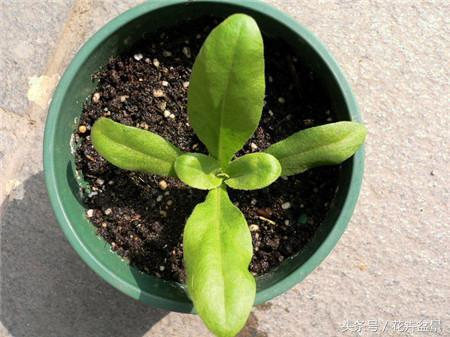
After sowing in autumn, to avoid being affected by cold waves and low temperatures, you can wrap the flower pots in plastic bags to keep them warm and moist. After the seedlings emerge from the soil, remove the film and let them receive sunlight before 9 am or after 3 pm every day, otherwise the seedlings will grow very weak.
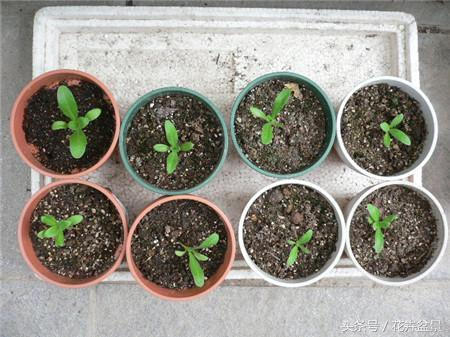
After the seeds have fully germinated, they can be thinned out appropriately, leaving a certain distance between each plant, and the seedlings that are growing poorly can be pulled out. When most of the seedlings have grown more than 3 leaves, they can be planted in pots.
Morning Glory
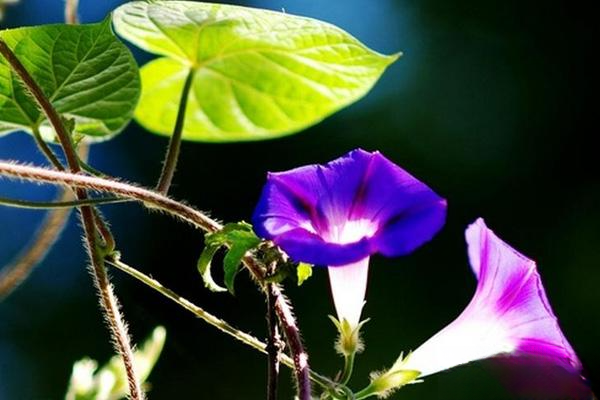
Sowing of morning glory
Prepare the materials
First, you need a pot with a diameter of 20 cm. Using a pot that's too small won't allow the morning glory's roots to grow strong and stunt its growth. However, if you want to increase germination rates, it's best to use a small pot for seedlings. Plant one seed per pot, and replant after the seeds sprout and grow leaves. Soil and the necessary gardening tools are also essential.
Seed soaking
Because morning glory seeds have a hard shell, they are not easy to germinate without soaking, so soak the seeds in water overnight.
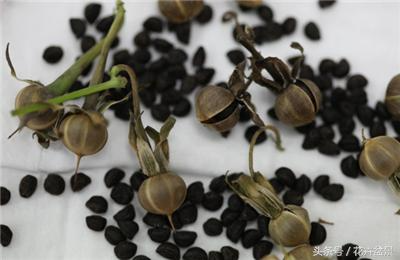
Repotting and adding soil
Put the prepared soil into a small flower pot. Here we use a flower pot for seedlings. Press it with your hands while filling it. Break up the large pieces of soil. Throw the unbreakable pieces into the bottom of another pot next to it. Then water it thoroughly and set it aside.
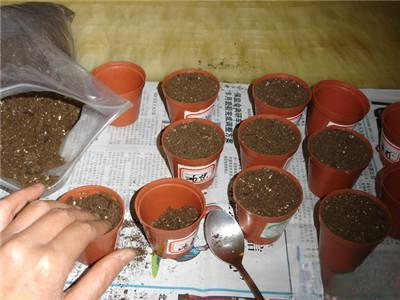
sowing
The seeds of morning glory are relatively small. When sowing, you can use tools such as tweezers or a spoon to place a seed on the ground and press it down slightly.
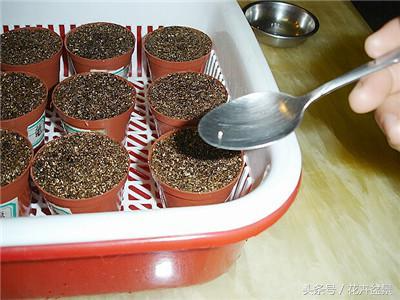
After sowing, place them in a humid environment or in a seedling box.
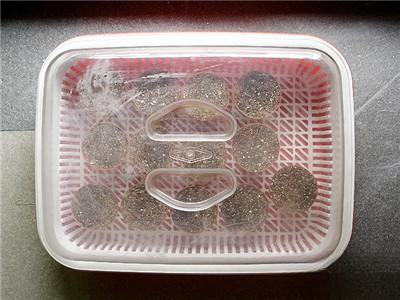
Growth of morning glory
Long leaves
In fact, roots begin to grow from the first day of sowing, but we cannot see them from below. After eight days, its stem will drill out of the soil and raise the cotyledons like a head.

flowering
About forty days after sowing, small buds begin to grow from the petiole of the main leaf. It takes about thirty days from bud to flower, and the day before flowering, the stamens inside the buds will quickly elongate.
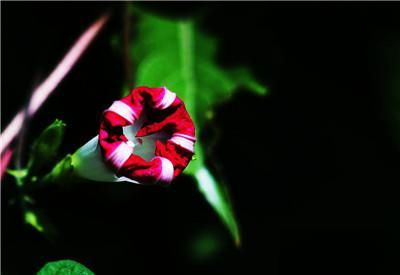
It takes quite a while for the buds to be twisted and loosened, but once they are half open, they will fully bloom in just a few tens of minutes.
aster
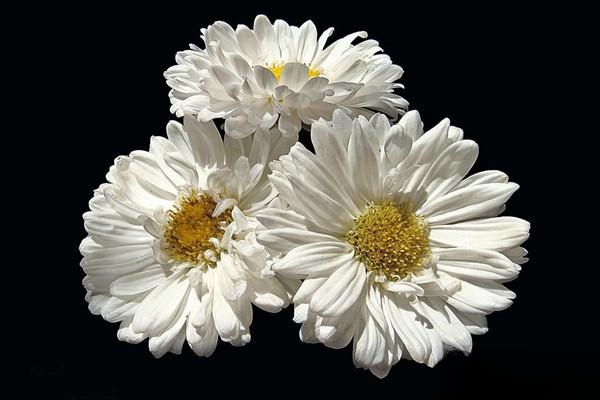
Aster sowing time
The sowing time of asters will be determined according to different varieties. The sowing time of the Asteroid series is generally from November to April of the following year, and the flowering will be from April to August.
You can also sow in batches as needed to control the flowering period.
Dwarf varieties can be sown in the greenhouse from February to March or in the sunny bed in March, and will bloom from May to June; they can be sown in the open field from April to May and will bloom from July to August; they can be sown in the early and late July and can bloom on November 1st; they can be sown in the early to mid-August, and the seedlings can overwinter in the cold bed and bloom on May 1st of the following year.
Medium-sized varieties are sown in May-June and bloom in August-September; those sown in August need to overwinter in a cold bed and bloom in May-June of the following year.
Tall varieties can be sown in spring and summer, and all bloom in autumn, but early summer is the best time to sow.
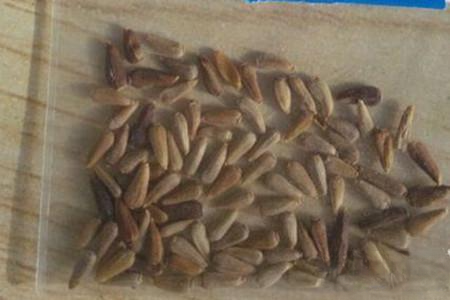
Steps for sowing aster seeds
Because the seeds of aster are relatively large, you can choose to sow them on demand.
Keep the temperature at 18℃-21℃ and choose fertile, moist, well-drained sandy loam as the substrate.
Seedlings will emerge about 7-21 days after sowing. The seedlings grow relatively fast, so they must be thinned out in time.
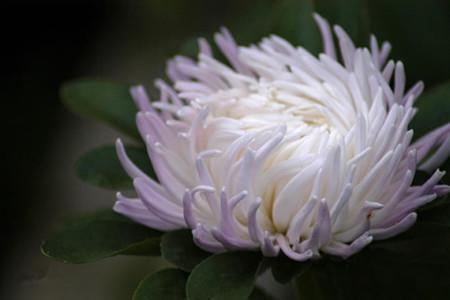
Care of aster after sowing
After one transplant, the seedlings should be planted out when they are 10 cm tall. In summer, due to drought, the amount of watering needs to be increased.
Use fully decomposed high-quality organic fertilizer as base fertilizer, and chemical fertilizer can be used as topdressing. Fertilize once every ten days during the growing season. You can also use 'Huiyou' 20-20-20 general fertilizer. Apply phosphorus and potassium fertilizer once 45 to 80 days after potting.
Asters generally do not need to be topped. In order to make the flowers on the main branches more prominent, some side branches can be thinned out, leaving 5-7 flower branches on each plant.
Asters used for autumn sowing as cut flowers must be exposed to light for 1-2 hours in the middle of the night to promote the elongation of the flower stems and flowering.
